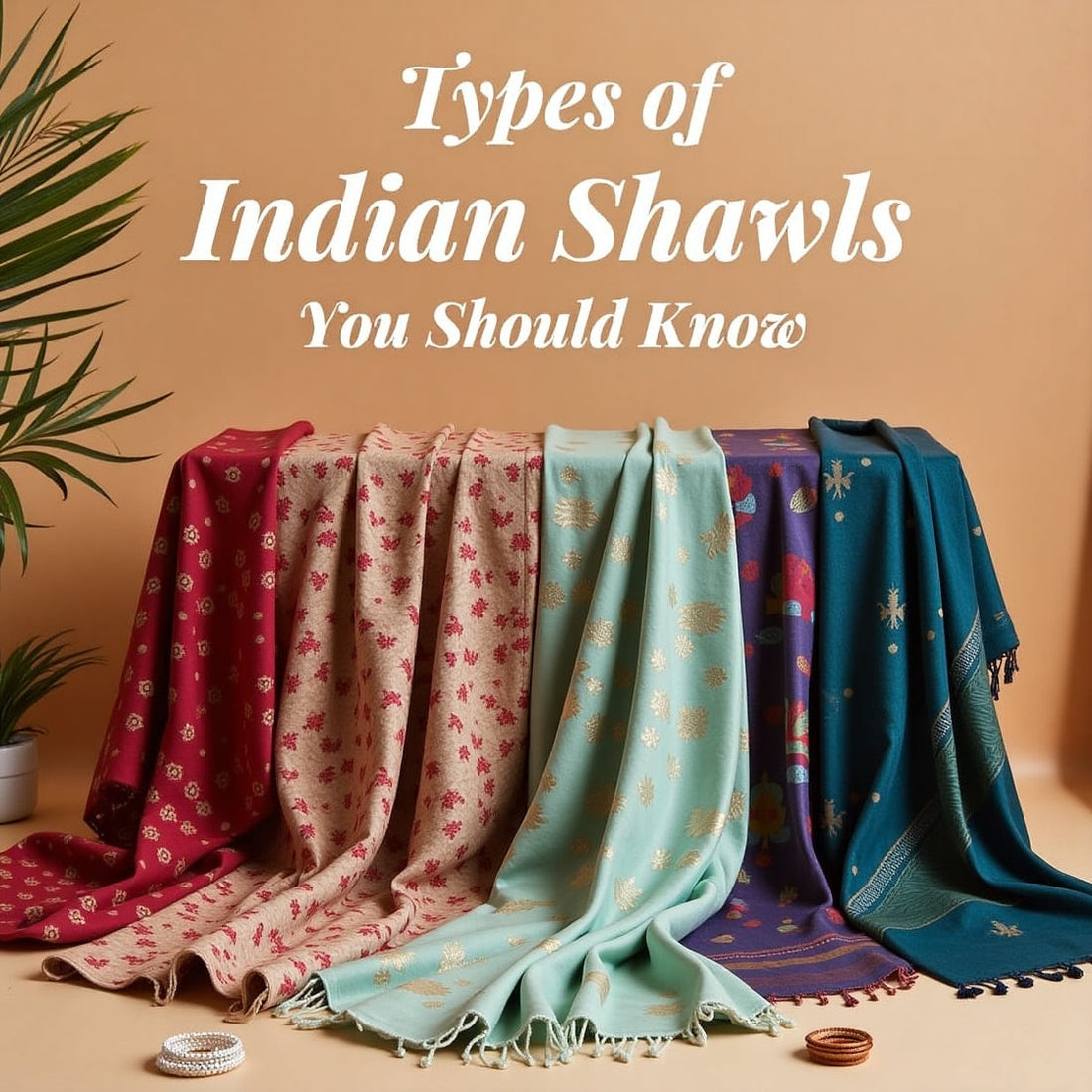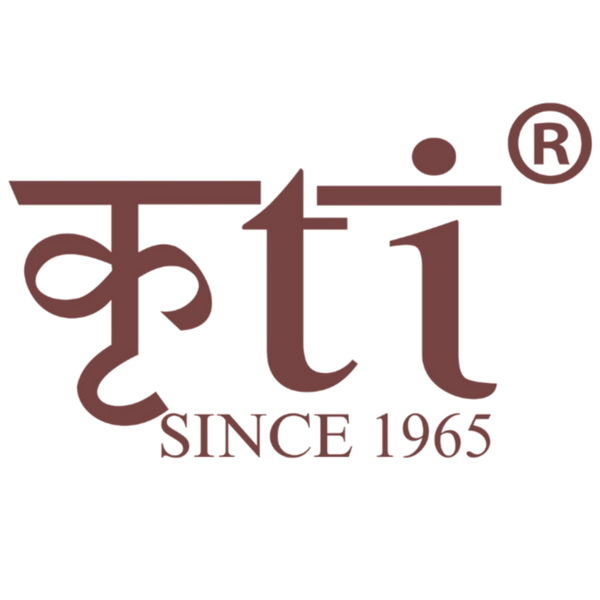
Types Of Indian Shawls You Should Know
Share
 Pashmina Shawl – Kashmir's Pride
Pashmina Shawl – Kashmir's Pride
● Origin: Kashmir
● Fabric: Fine Pashmina wool from Changthangi goats
● Features: Soft, warm, lightweight, and luxurious
Pashmina shawls are world-famous for their delicate texture and natural warmth. Often handwoven and sometimes adorned with intricate embroidery (like Sozni), these shawls are perfect for formal occasions or cold-weather elegance.
 2. Kani Shawl – Handwoven Masterpiece
2. Kani Shawl – Handwoven Masterpiece
● Origin: Kanihama, Kashmir
● Fabric: Pashmina
● Features: Woven using small wooden needles (kanis) with intricate designs
Kani shawls are works of art, requiring immense skill and time to produce. These shawls are often passed down generations as heirlooms and are known for their elaborate floral or paisley motifs.
 3. Phulkari Shawl – The Flower Embroidery of Punjab
3. Phulkari Shawl – The Flower Embroidery of Punjab
● Origin: Punjab
● Fabric: Cotton or georgette with silk thread embroidery
● Features: Colorful floral embroidery, vibrant and festive
Phulkari (meaning “flower work”) is traditionally worn by Punjabi women during festivals and weddings. Today, it’s a popular ethnic accessory, often styled with simple outfits to let the embroidery stand out.
 4. Jamawar Shawl – Regal and Ornate
4. Jamawar Shawl – Regal and Ornate
● Origin: Kashmir & North India
● Fabric: Blends of wool, silk, or pashmina
● Features: All-over brocade-style woven patterns, especially paisleys
Jamawar shawls were once worn by royalty and nobles. They are heavy, richly patterned, and perfect for grand occasions. Though many modern Jamawars are now power-loomed, handwoven ones remain in high demand.
 5. Kullu Shawl – A Himachali Treasure
5. Kullu Shawl – A Himachali Treasure
● Origin: Kullu, Himachal Pradesh
● Fabric: Wool or angora
● Features: Geometric border patterns, colorful and warm
Kullu shawls are vibrant, sturdy, and made for the chilly weather of the hills. The signature colorful patterns on the borders make them unique and easily recognizable.
 6. Rabari Shawl – Folk Beauty of Gujarat
6. Rabari Shawl – Folk Beauty of Gujarat
● Origin: Kutch, Gujarat
● Fabric: Wool or cotton with mirror work and embroidery
● Features: Bold colors, mirror embellishments, tribal motifs
Rabari shawls reflect the vibrant folk art of Gujarat's Rabari tribe. Often used in traditional functions and dance festivals like Navratri, they add an ethnic and playful touch to any outfit.
 7. Naga Shawl – Tribal Identity in Threads
7. Naga Shawl – Tribal Identity in Threads
● Origin: Nagaland
● Fabric: Cotton or wool
● Features: Deep reds, blacks, whites with symbolic tribal patterns
Worn by various Naga tribes, these shawls hold cultural and ceremonial significance. The colors and motifs often indicate the tribe, gender, or status of the wearer. Today, they're gaining popularity as bold fashion statements.
 8. Bhujodi Shawl – Minimalist Charm
8. Bhujodi Shawl – Minimalist Charm
● Origin: Bhujodi, Gujarat
● Fabric: Handwoven wool or cotton
● Features: Earthy tones, minimal motifs, durable
Crafted by the Vankar community, Bhujodi shawls are elegant in their simplicity. They often use natural dyes and have a subtle, rustic appeal that’s perfect for daily wear or gifting.
 9. Pattu Shawl – A Rural Classic
9. Pattu Shawl – A Rural Classic
● Origin: Rajasthan & Himachal Pradesh
● Fabric: Wool
● Features: Bold designs, warm and practical
Used by both men and women in colder regions, Pattu shawls are sturdy and functional while still showcasing traditional patterns and weaves. They're especially common in rural households and as traditional wedding gifts.
 10. Shahtoosh Shawl – Now Banned but Legendary
10. Shahtoosh Shawl – Now Banned but Legendary
● Origin: Kashmir
● Fabric: Hair from Tibetan antelope (Chiru)
● Features: Extremely soft, lightweight, rare
Shahtoosh shawls, once considered the most luxurious, are no longer legal to produce or sell due to wildlife conservation laws. However, vintage pieces remain treasured collectibles

